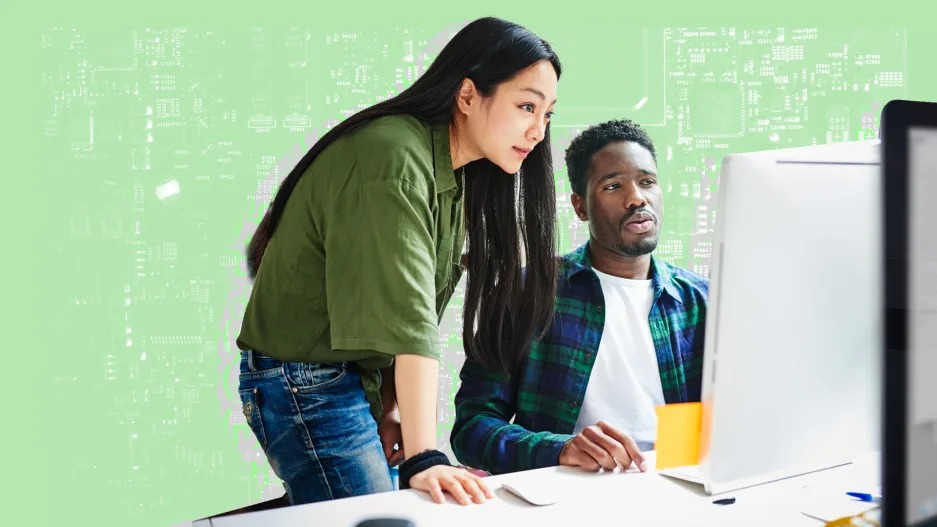- | 10:00 am
3 things workers can do to prepare for AI and the future of work
Empathy, connection, creativity, and collaboration—these attributes make humans unique, and unlike any robotic software or device.

The advent of artificial intelligence (AI) is going to change the world. While AI has not yet disrupted all businesses, the road that leads to a fundamentally reshaped workplace is short and in sight.
Understandably so, there are questions, fears, and apprehensions about what this means for employees within an organization that might be looking to adopt various AI technologies. The most important thing to remember as we navigate this new wave is that humans are adaptable.
Ultimately, I believe that the sense of discomfort many workers feel stems from a lack of understanding about what AI will do, which is completely natural and understandable. Because, regardless of what new capabilities and speed new artificial intelligences present and how they continue to evolve in the future, they will never be able to replace all that we offer as human beings.
Empathy, connection, creativity, and collaboration—these attributes make humans unique, and unlike any robotic software or device. So, the challenge ahead is finding ways to leverage these tools and technologies in partnership with the human touch in order to drive business forward, while understanding the responsibility for AI lies in the hands of the organizations and individual employees.
There are intentional actions we all can take—as humans, employees, and leaders—to ensure we succeed in utilizing AI to our advantage, without positioning ourselves as replaceable or obsolete.
Get familiar with AI
This first step cannot be overlooked. It’s essential to think of AI as a permanent part of the new workplace. Individuals who aren’t familiar with how to use the various tools are quickly becoming less valuable than those who do. So many of the tools and applications are free to use right now—test them, explore them, challenge them. AI tools require a new way of requesting information and thinking, and this takes practice.
Adopt a growth mindset
While the term “growth mindset” may be overused, there’s no better way to describe what’s necessary in the workplace today. Employees across the board are learning new skills, so it’s time to drop any preconceived notions or assumptions of how things work and go back to school. To be sure, embracing a growth mindset can be uncomfortable. Being open to new ideas is not easy. But until we can admit that we have room to grow, we run the risk of being left behind.
Leverage uniquely human skills
To succeed in the workforce of tomorrow, workers should leverage uniquely human skills. For instance, the ability to connect with others takes practice, but it’s an advantage humans will hopefully always have over technology.
Plus, people have the unique ability to imagine “what’s possible” and to think creatively. Practice this today through meditation, conversation, challenging the status quo—and in this case, using free AI tools to facilitate any creative process and spark new ideas.
Lastly, skills such as facilitating discussions and project management will continue to be important. Humans have the capacity to take a holistic approach and see the big picture of a situation or challenge. Understanding the efficacy of that zoom-out perspective will be a differentiator in the new workplace.
The truth is, AI promises to be a massive revenue driver for businesses. The momentum is palpable across various industries as countless organizations are working to implement AI in effort to increase efficiency, improve business operations, and the consumer experience. The market is projected to reach upwards of $1.4 trillion by 2029—a strong indication that the momentum won’t be slowing down any time soon.
With the addition of AI tools in the workplace, leaders within organizations will be looking to employees to leverage these tools in a way that elevates overall productivity and performance. While there is comfort in the technology’s ability to own mundane tasks, expectations will be higher than ever for the employee to contribute creativity and innovation that together drive success for the business.






































